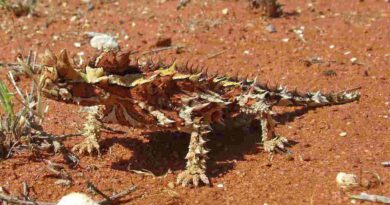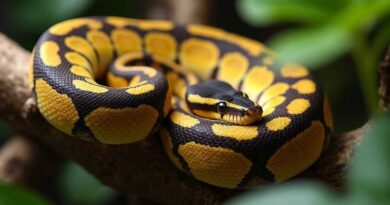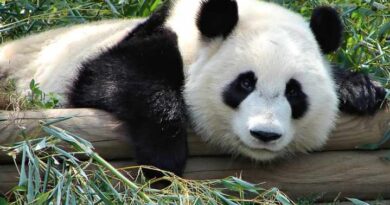CAIMAN
Caimans belong to a group of crocodilians that is smaller in size than the others but shares many of the same traits. Only the western hemisphere is home to caimans. South America, which houses the majority of the continent’s biodiversity, is home to the majority of the eight species. They are propelled through the water at a quick rate by the powerful tail, which lashings from side to side. A strong hide is reinforced by bone plates on the back. A fleshy flap in the throat can be closed to allow breathing at the water’s surface with only the tip of the nose visible. External valves protect the nose, while eyelids and a moveable, translucent membrane cover the eyes. When the jaws are closed, the lower jaw’s teeth fit into pits in the upper jaw.
Melanosuchus niger, a massive black caiman found in the Amazon basin and Guiana region, can grow to be 15 feet (46 metres) long. At a length of 5 or 6 ft (1-5–18 metres), most caimans attain sexual maturity. The dwarf caiman, Paleosuchus palpebrosus, and the smooth-fronted caiman, Paleosuchus trigonatus, both from the Amazon, are the tiniest of the caimans. The bone plates in these small creatures’ armour extend down to their bellies to protect their body from rapids in the furious rivers they live in.
In order to achieve a union, the male mounts the female in the water and twists his tail beneath hers. Approximately one month after conception, the female constructs a nest of rotting leaves and branches near a stream. The heat from the rotting foliage keeps the eggs at a constant temperature of 90 degrees Fahrenheit (32 C).
When the young in the eggs are ready to hatch, they make “croaking” sounds in response to any action on the mound. Hearing the young, the female caiman digs. It is entirely up to them. Crayfish, fish, insects, snails, snakes, and small rodents are all eaten in large quantities by young caimans. The 8-inch (20 cm) hatchlings grow to be 3 feet long in three years (90 cm). CLASS: Reptilia, FAMILY: Alligatoridae, ORDER: Crocodilia,



